In recent years, light therapy has emerged as a fascinating and versatile approach to wellness, captivating the interest of health enthusiasts and researchers alike. Among its many forms, near infrared lamp therapy stands out as a powerful tool, blending cutting-edge science with practical, at-home applications. But what makes this type of therapy so special? Why should you consider integrating a near infrared light therapy device into your routine? Let’s dive into the world of light therapy, exploring its benefits, mechanisms, and why near infrared might just be the glow-up your body and mind have been waiting for.
The Basics of Light Therapy
Light therapy, at its core, uses specific wavelengths of light to stimulate biological processes in the body. While it’s often associated with treating seasonal affective disorder using bright ambient light, the scope of light therapy extends far beyond that. From blue light for acne to red light therapy for skin rejuvenation, the possibilities are vast. However, near infrared lamp therapy takes things a step further by harnessing light wavelengths that penetrate deeper into tissues, offering a unique blend of therapeutic effects.
Unlike visible light, which we can see with the naked eye, near infrared (NIR) light operates just beyond the red spectrum, typically between 700 and 1200 nanometers (nm). This invisible light energy has a remarkable ability to reach beneath the skin’s surface, interacting with cells in ways that visible light simply can’t. Whether delivered through an LED red light therapy setup or a near infrared LED, this therapy is similar to low-level laser therapy in its ability to promote healing without invasive procedures.
What Sets Near Infrared Apart?
You might be wondering: why choose near infrared light over other types of light therapy? The answer lies in its wavelength. Near-infrared light, unlike shorter wavelengths like blue light or even 660nm red light, can penetrate deeper into the body—sometimes up to several centimeters. This light can penetrate skin, muscle, and even bone, making it an effective treatment for a wide range of conditions.
Red light therapy, often delivered at wavelengths like 660 nm, is fantastic for surface-level benefits, such as improving skin tone or reducing fine lines. But when paired with NIR, as in red and near-infrared light therapy, the effects become more profound. The combination of red and NIR light allows for a dual-action approach: red light works on the skin, while near-infrared dives deeper to address inflammation, pain, and tissue repair. This synergy is why many opt for a red light therapy device that also emits NIR wavelengths.
The Science Behind Near Infrared Lamp Therapy
At the heart of near infrared lamp therapy is a process called photobiomodulation therapy (PBM therapy). This mouthful of a term simply refers to how light interacts with cells to trigger beneficial changes. When NIR light is absorbed by the mitochondria—the powerhouses of our cells—it boosts energy production in the form of ATP (adenosine triphosphate). Think of it as giving your cells a caffeine shot, minus the jitters.
This boost in cellular energy has far-reaching effects. Studies suggest that light therapy has been shown to reduce inflammation, a key driver of chronic pain and disease. The light promotes blood flow, accelerates wound healing, and even offers neuroprotective effects of near-infrared light for brain health. For instance, transcranial photobiomodulation therapy, which uses NIR light to target the brain, is being explored for conditions like Alzheimer’s and traumatic brain injury.
The specific wavelengths of light used in NIR therapy—often around 850 nm or 670 nm light—play a critical role. These wavelengths are optimized for absorption by cytochrome c oxidase, an enzyme in the mitochondria that helps cells absorb light efficiently. The result? A cascade of benefits, from reduced oxidative stress to enhanced tissue repair.
Why People Are Turning to NIR Light Therapy
So, why are more people plugging in a light therapy device at home or investing in a red light therapy panel? The appeal lies in its versatility and accessibility. Unlike far infrared, which primarily generates heat, or infrared radiation used in saunas, near infrared light therapy offers targeted, low-level light that doesn’t overheat the body. It’s a gentle yet effective way to address a variety of concerns.
For those seeking pain relief, NIR light may offer a drug-free alternative. Research indicates that therapy may help mitigate chronic pain by reducing inflammation and stimulating tissue regeneration. Athletes, in particular, love it for muscle recovery—imagine soothing sore quads after a marathon with a near infrared light therapy device instead of an ice bath.
Then there’s the skin factor. While red light therapy at home is famous for its anti-aging perks, adding NIR takes it up a notch. The deeper penetration of near-infrared light can boost collagen production, improve circulation, and even tackle stubborn inflammation beneath the surface. Picture a red light therapy mask paired with NIR—your skin might just thank you with a radiant glow.
Mental health is another frontier. The neuroprotective effects of near-infrared light are gaining attention, with therapy improving mood and cognitive function in some studies. NIR light may also support sleep by regulating circadian rhythms, offering a natural counterbalance to the disruptive effects of blue light from screens.
Practical Benefits of Near Infrared Light Therapy Devices
One of the biggest draws of near infrared lamp therapy is how easy it is to incorporate into daily life. A light therapy device doesn’t require a doctor’s visit or a hefty budget. Whether it’s a handheld NIR light unit or a larger red light therapy panel, these tools bring the benefits of red light therapy and NIR straight to your living room.
The convenience factor is huge. Therapy can be an effective way to manage wellness on your terms—10 to 20 minutes a day under a light device could make a difference. Plus, the therapy is non-invasive and generally safe, with minimal side effects. Unlike laser therapy on wounds or infrared laser treatments that require professional oversight, NIR light therapy uses low-level light that’s gentle enough for home use.
Another perk? Versatility. Light therapy treatments can target everything from joint pain to hair growth. The effects of near-infrared light extend to improving cellular health, which means the benefits aren’t just skin-deep—they’re systemic. Whether you’re dealing with inflammation or simply want to optimize your energy levels, NIR light effects can adapt to your needs.
How Does It Feel to Use NIR Light?
If you’re picturing a sci-fi setup with blinding beams, relax—near infrared lamp therapy is surprisingly understated. The light is invisible to the human eye, so you won’t see a dramatic glow like you would with red light therapy. Instead, you might feel a subtle warmth as the light increases blood flow to the treated area. It’s a cozy sensation, like basking in the sun without the UV damage.
Sessions typically last 10 to 30 minutes, depending on the light therapy device and the area you’re targeting. The light can help with everything from muscle stiffness to mental clarity, making it a ritual worth savoring. Some users even pair it with meditation, letting the light mitigate stress while they unwind.
Addressing Common Concerns
Skeptical? You’re not alone. With so many wellness trends out there, it’s natural to question whether near-infrared light therapy lives up to the hype. The good news is that light therapy has been shown to have a solid scientific foundation. While it’s not a cure-all, the response to PBM treatment is well-documented in areas like wound healing and inflammation reduction.
Safety is another consideration. NIR light dosimetry—the science of dosing light exposure—ensures that therapy stays within safe limits. Unlike ultraviolet light, which damages DNA, NIR light is absorbed harmlessly by tissues. That said, it’s wise to follow guidelines and avoid overexposure, especially around sensitive areas like the eyes.
Cost is worth mentioning, too. While light therapy devices vary in price, they’re a one-time investment compared to ongoing treatments like low-level laser therapy at a clinic. Plus, the ability to use red light therapy at home saves time and travel.
Who Can Benefit from Near Infrared Lamp Therapy?
The beauty of near infrared light therapy lies in its broad appeal. Athletes use it for recovery, seniors for joint pain, and beauty buffs for skin health. Even those curious about brain optimization might explore NIR light treatment for its potential cognitive perks. Therapy may also appeal to anyone wary of pharmaceuticals but eager for a natural boost.
Conditions like arthritis, where inflammation plays a starring role, are prime candidates for NIR light therapy. The light spectrum used in these devices targets deep tissues, offering relief where topical creams fall short. Meanwhile, the benefits of red light therapy—like smoother skin—get an upgrade with NIR’s deeper reach.
Making the Most of Your Light Therapy Experience
Ready to give it a shot? Start by choosing a light therapy device that suits your goals. Look for one that emits both red and near-infrared wavelengths for maximum versatility. Position it a few inches from your skin, and let the light work its magic. Consistency is key—therapy improves with regular use, so carve out a spot in your routine.
Pairing it with other habits can amplify results. For example, using red light therapy after a workout could speed recovery, while NIR light before bed might enhance sleep. The light wavelength matters, so stick to devices with proven ranges like 670 nm light or 850 nm for optimal outcomes.
The Future of NIR Light Therapy
As research evolves, so does our understanding of near infrared lamp therapy. Emerging studies hint at its role in everything from neurodegenerative diseases to metabolic health. The light has been shown to influence gene expression, suggesting that its benefits might extend beyond what we currently grasp.
For now, NIR light stands as a bridge between ancient healing—think sunlight’s restorative power—and modern innovation. It’s a reminder that sometimes, the simplest things (like light exposure) can have the most profound effects.
Final Thoughts: Is Near Infrared Right for You?
So, why go for near infrared light therapy devices? It’s about empowerment—taking charge of your wellness with a tool that’s both cutting-edge and accessible. Whether you’re drawn to the pain relief of low-level light therapy, the skin perks of a red light therapy mask, or the deep healing of NIR, this therapy offers something for everyone.
The journey into light therapy uses is as personal as it is scientific. Maybe it’s the way NIR light may soothe aching joints, or how therapy may help you feel more energized. Perhaps it’s the thrill of knowing light can penetrate where other treatments can’t, delivering benefits from the inside out. Whatever your reason, near infrared lamp therapy invites you to explore a world where light isn’t just something you see—it’s something you feel, heal with, and thrive on.
In our store we have a good solution for those who want to keep their skin in perfect condition. With its help, you can easily and effectively take care of your skin, achieving visible results after the first procedures! You can buy this cleaner at an optimal price in our store.

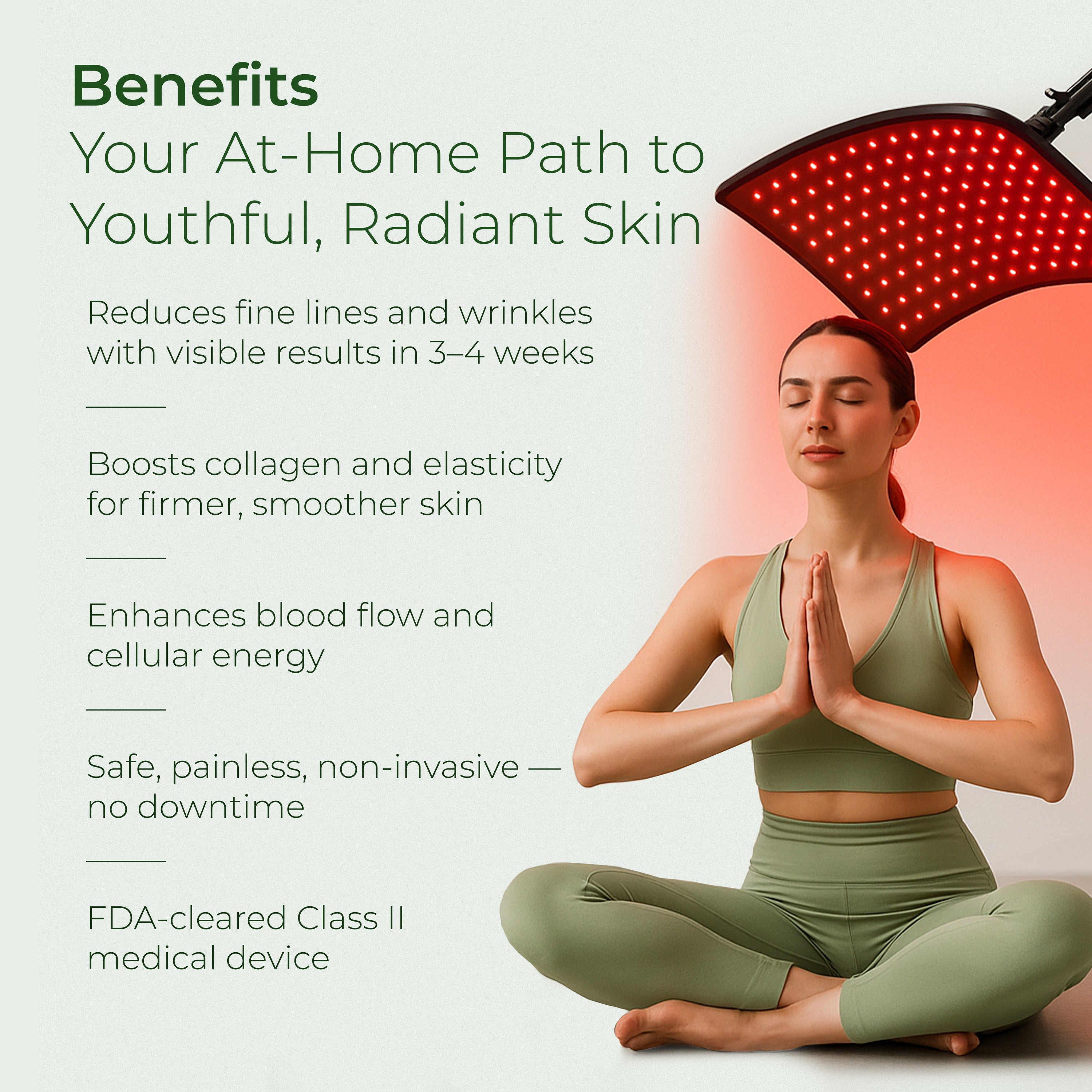
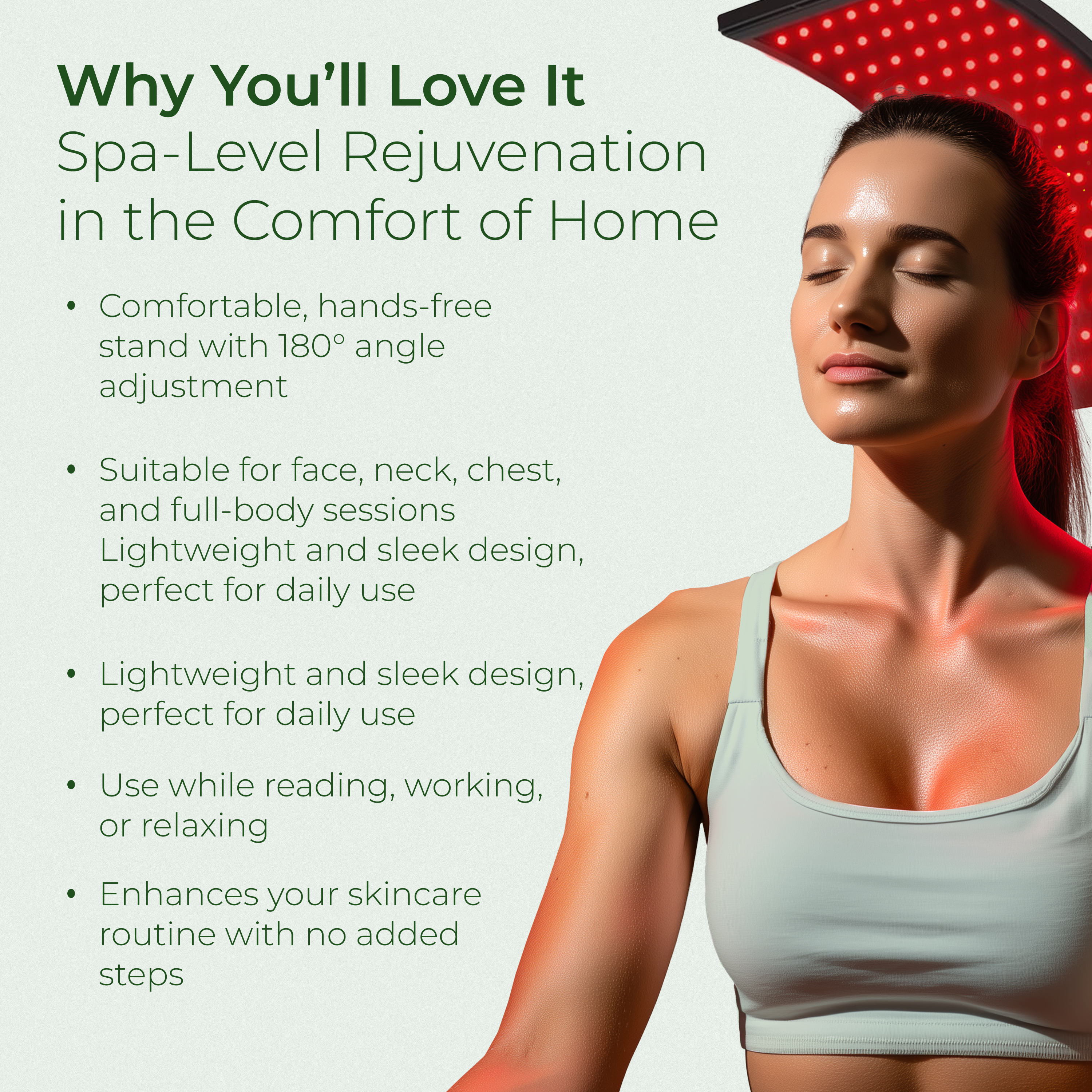

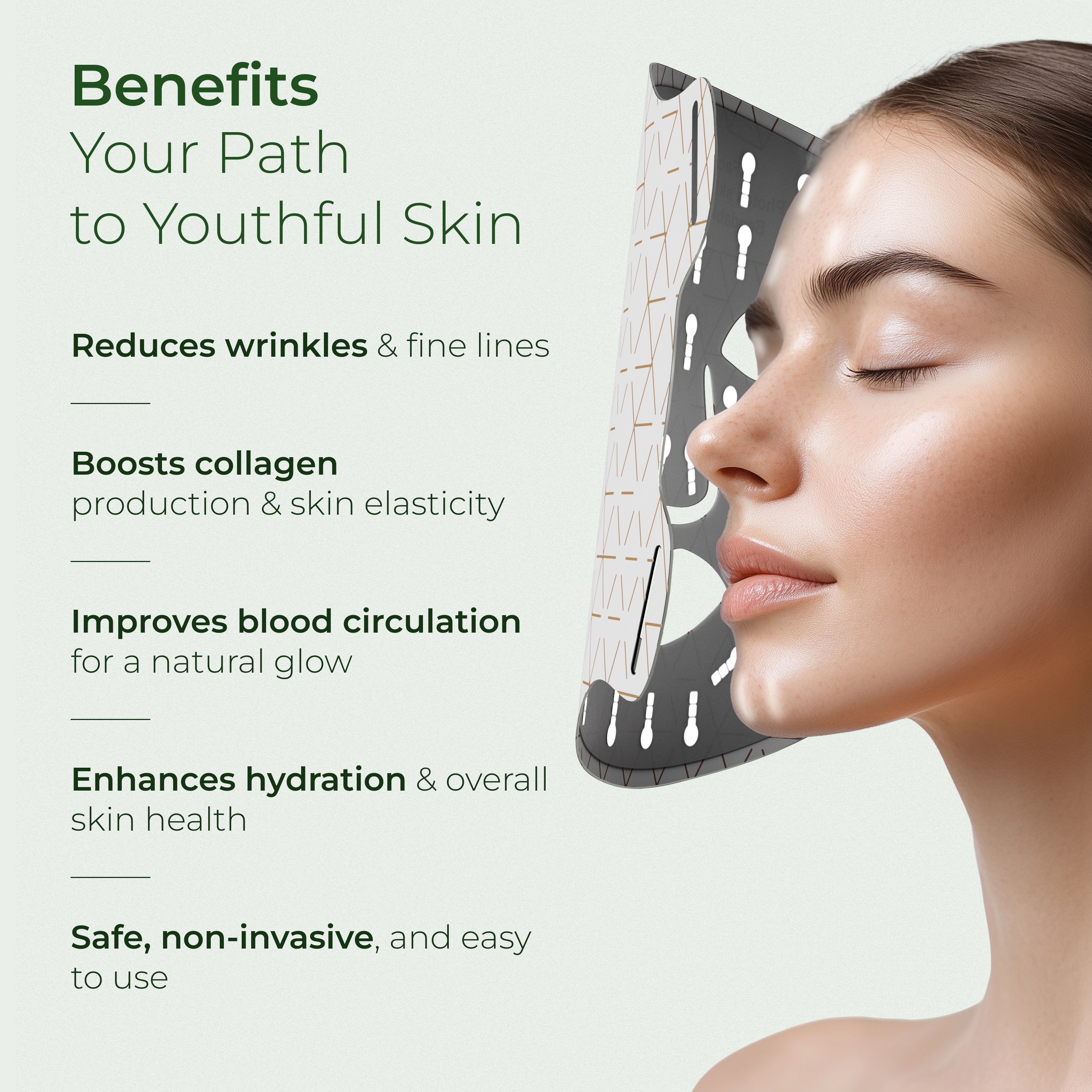


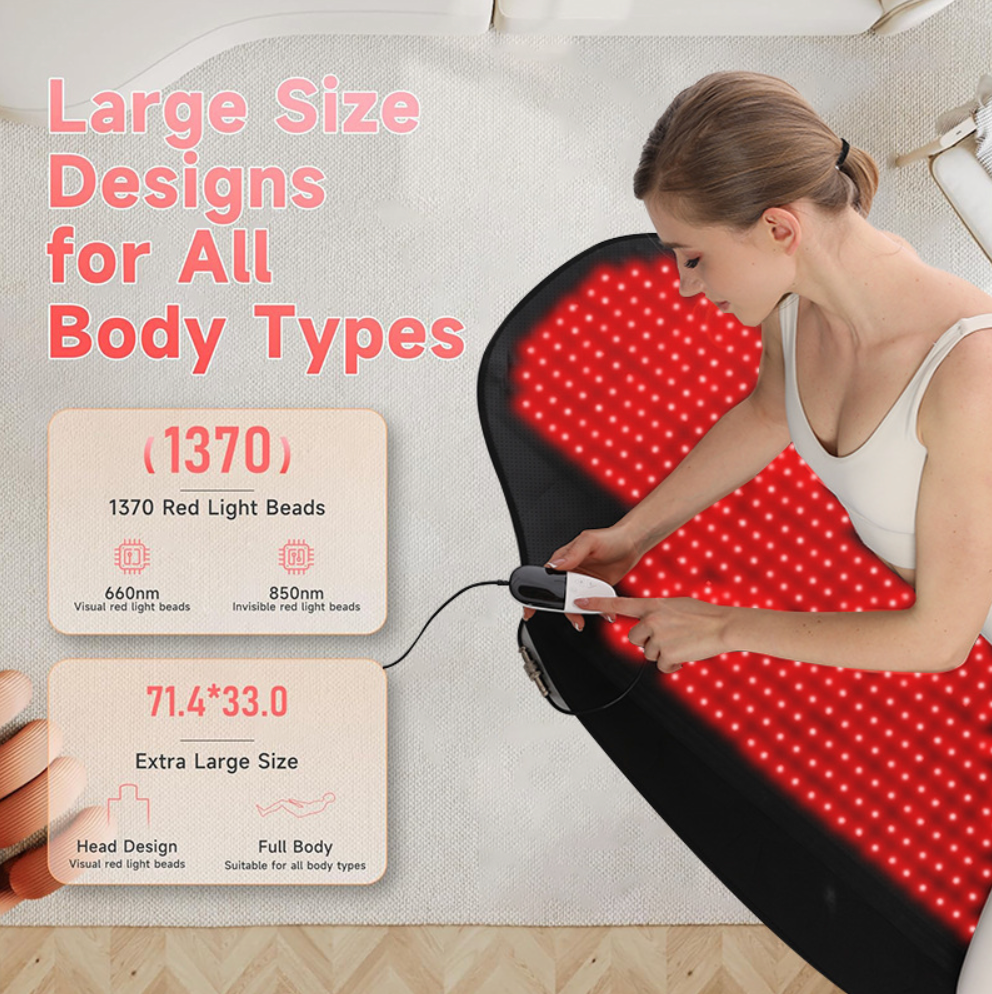
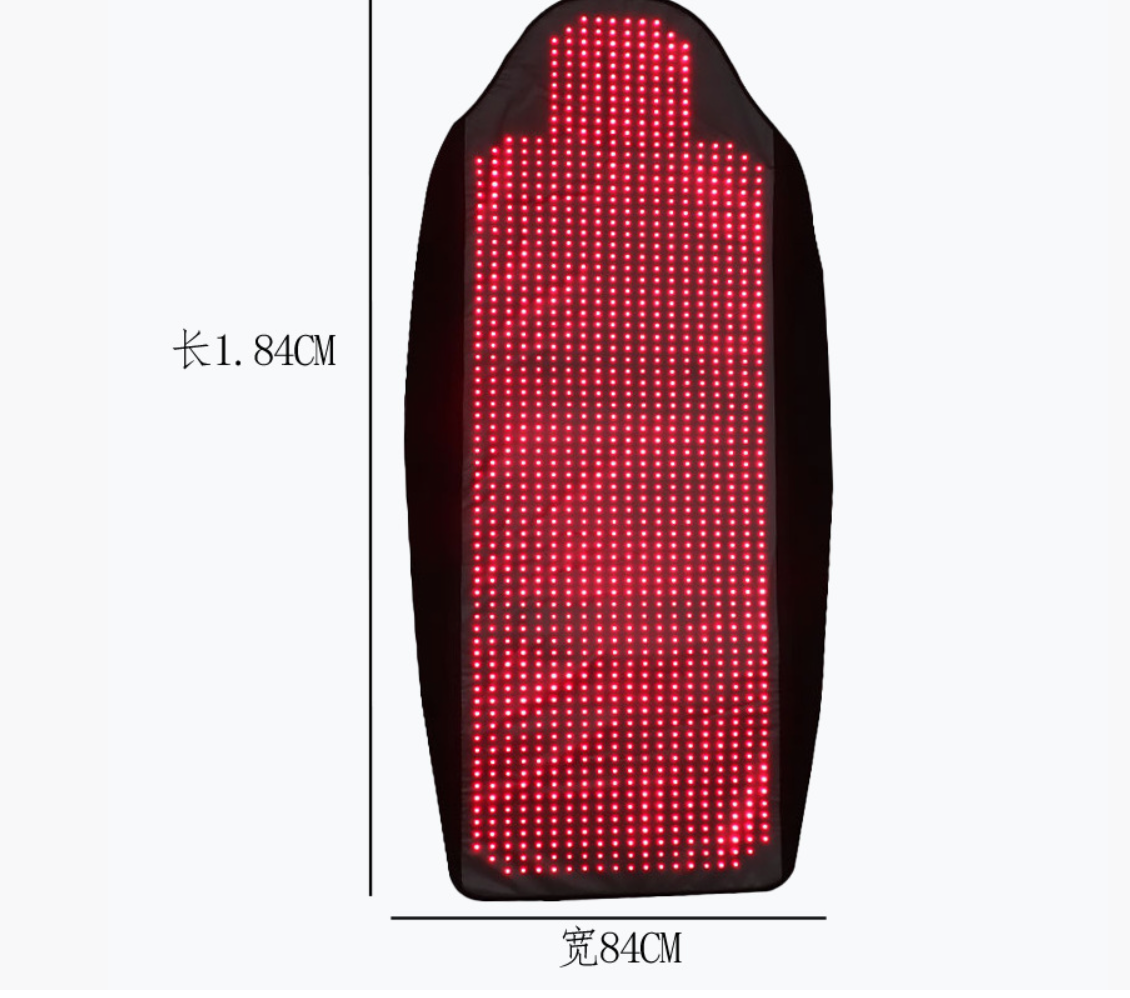


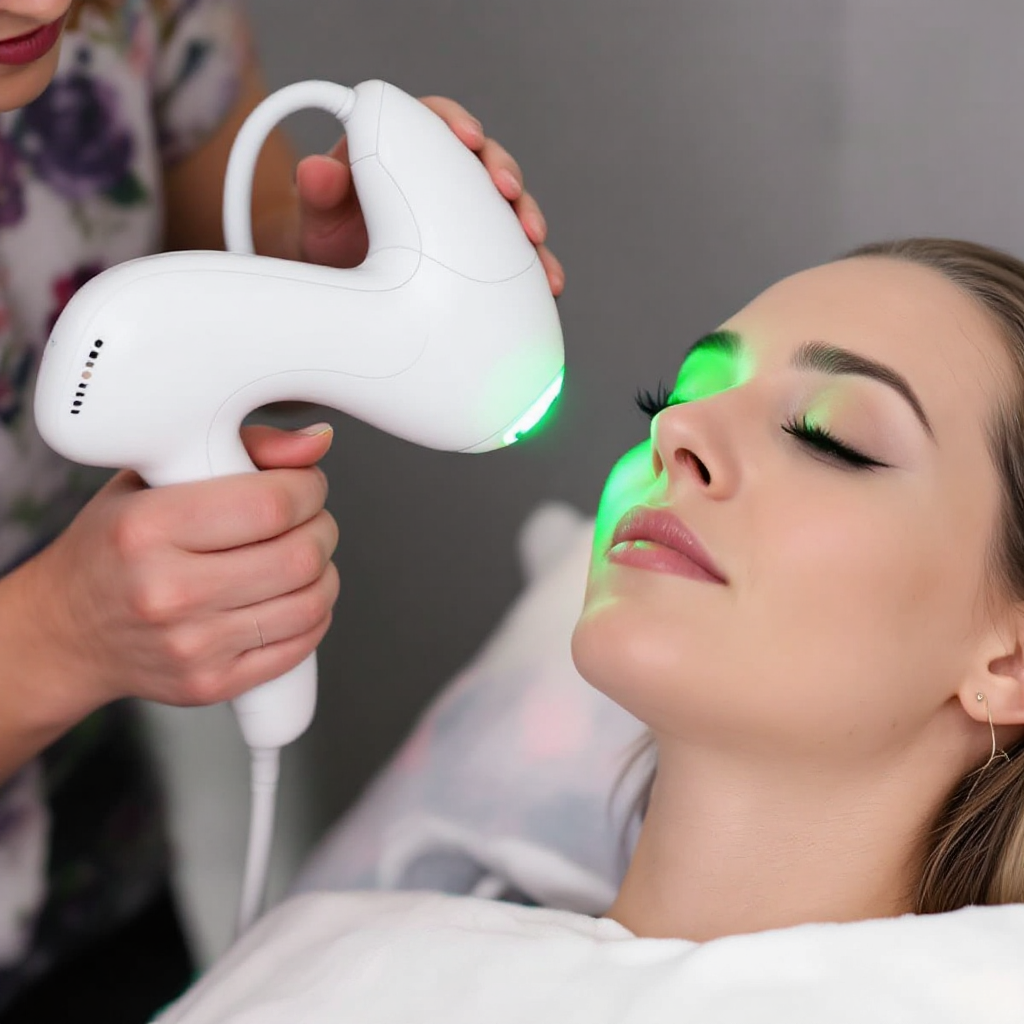
Deixe um comentário
Este site está protegido pela Política de privacidade da hCaptcha e da hCaptcha e aplicam-se os Termos de serviço das mesmas.